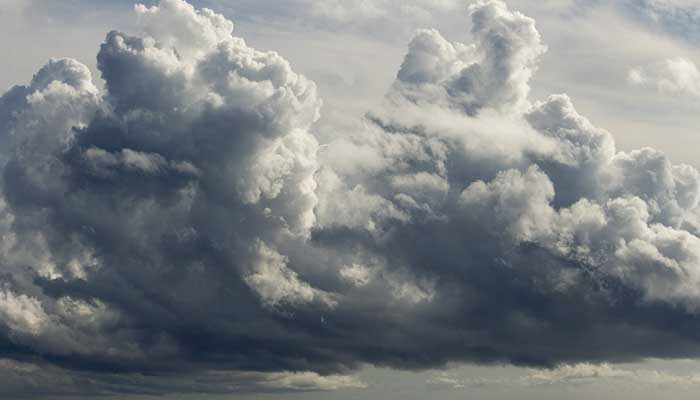
The Butterfly Nebula located in Scorpius is named for its resemblance to a butterfly and it has a wingspan that stretches across three lightyears.
Some scientists are of the opinion that before the Butterfly Nebula was a nebula, at its center was a binary star system, orbiting in the plane that is currently observed as the body of the butterfly. Continue reading to learn some amazing facts about the imposingly beautiful nebula.
Creation Of The Butterfly Nebula
It is believed by some scientists that the Butterfly Nebula was a nebula with a thick oblate cloud of dust that orbited the central plane. At some point, the binary star system’s larger star ran out of fuel and failed to support its own weight, and the core of the star collapsed on itself. As it became smaller, the temperature and pressure at its center grew larger. This caused the outer layers of the star to flung outward, and they eventually blasted away in all directions creating two opposing jets of hot gas racing away from the star, developing the wings of the butterfly.
The Butterfly Nebula Is Known Since 1888
The Butterfly Nebula (NGC 6302) has been known since at least 1888 and Edward Emerson Barnard is known for conducting the earliest study on it. He drew and described the nebula in 1907. Since then several pieces of research, worthy of study have been put forth to understand the characteristics of the nebula and the properties of its large dust component.
Central Star Creates The Butterfly Shape
The central star of Butterfly Nebula is a white dwarf and was recently discovered with the help of the upgraded Wide Field Camera 3 on board the Hubble Space Telescope. The star has an estimated mass of 0.64 solar masses. The central star is surrounded by a dense equatorial disc, particularly composed of dust and gas. It is postulated that this dense disc has caused the outflow of the star to create a bipolar structure resembling a butterfly.
Presence Of Ionized Ion Streaks
In the latest photo of the nebula, scientists have looked at radiation all the way from infrared to ultraviolet. The new image reveals streaks of ionized ions across the left wing’s bottom and top of the right wing. Scientists are still uncertain about why it doesn’t have the same symmetry as the wings.
The Central Star Is One Of The Hottest
The white dwarf star in the center is one of the hottest stars known. The star had escaped detection owing to a combination of its high temperature, dusty torus, and the bright background of the star. It was not visible in the HST images of 2004, but the Wide Field Camera 3 revealed the faint star at the center. The spectrum of the Butterfly Nebula is one of the hottest stars in the galaxy with a surface temperature of 200,000 K.
Did the transformation tale of Butterfly Nebula stun you?